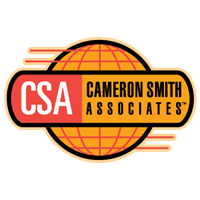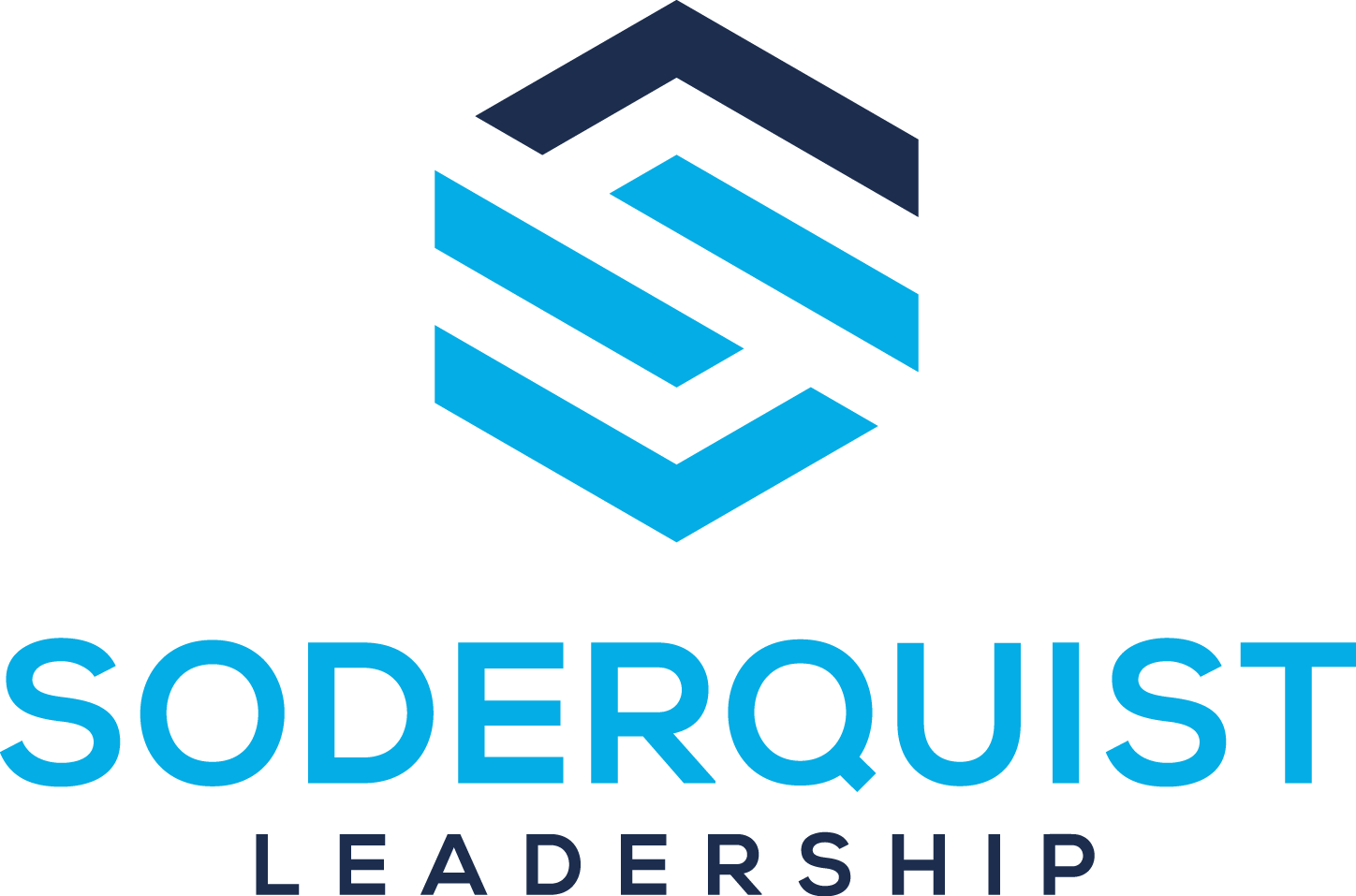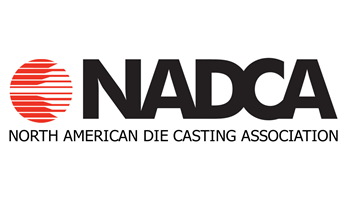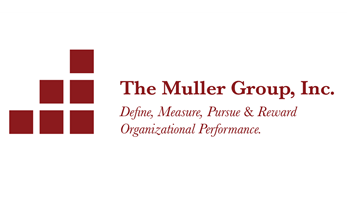Dennis Leatherby
(January 14, 1960 — August 6, 2018)
Integrity, perseverance, and generosity defined Dennis. He was an outstanding man. For a decade he served as the chief financial officer for Tyson Foods, spending a total of 28 years with the company. He steered the company through difficult times and received various awards throughout his professional tenure, but more important to him than any of that was his faith, his family and serving his community. Soft-spoken and humble, he was unshakable in his faith and his fierce love for his family. One of the things that brought him the most joy was giving to others.
He often said his greatest accomplishment was his two daughters. He would beam with pride when he spoke of them, and he told them how much he cared for them every chance he got. Spending his whole career working with numbers and in boardrooms, he was especially tickled and delighted to have a younger daughter who writes comedy.
Loyalty was one of his strong suits. His colleagues, some of whom he worked with for nearly 30 years and became as close to him as brothers, say he always put others’ needs before personal recognition and acted with immense integrity. He cared deeply about those around him and felt a responsibility to help them reach their full potential. Dennis was a fierce defender of others, standing absolutely firm when the need arose and making tough decisions quickly.
We at ACE Performance Group greatly miss Dennis’ leadership and counsel. Perhaps most, however, we miss the strength and encouragement of his soft-spoken nature. Thank you, Dennis and Kathleen, for the sacrifices it took to build a legacy that guides us clearly and resolutely, even more in your absence.


















